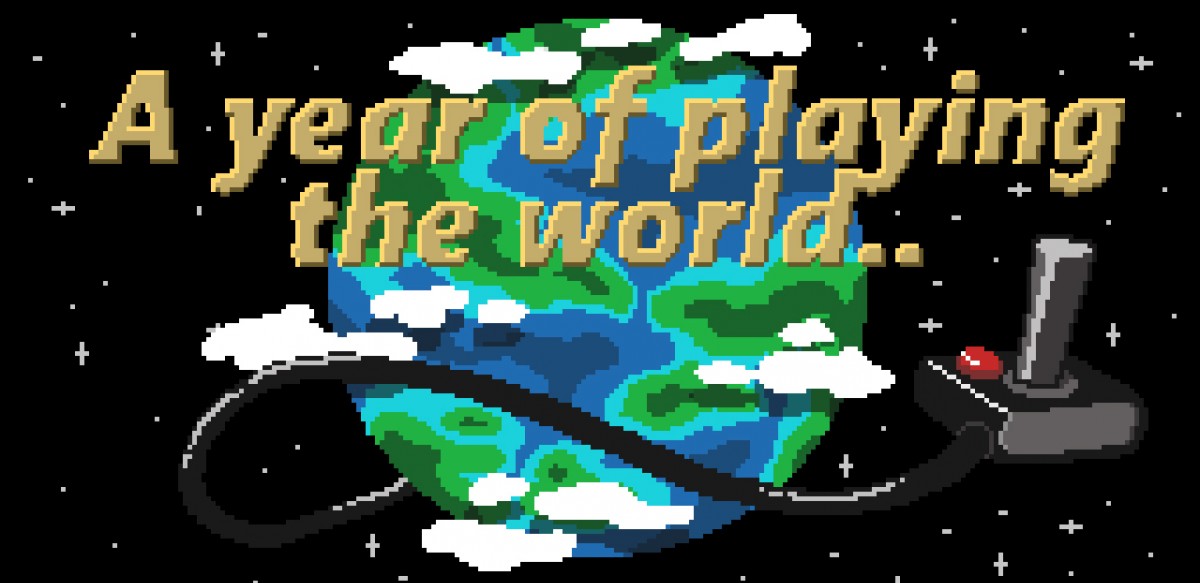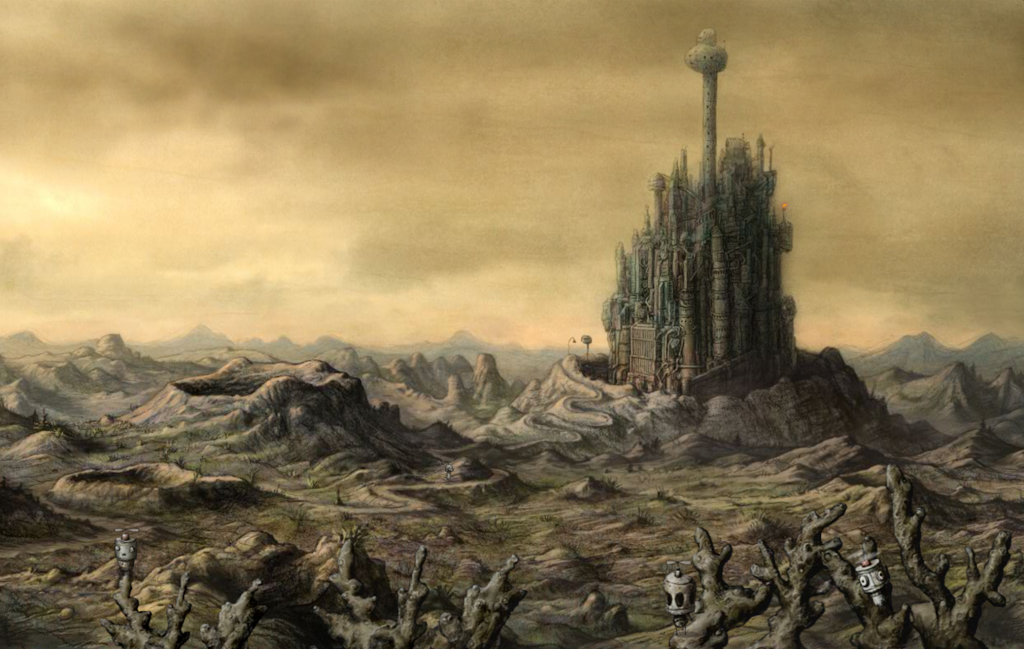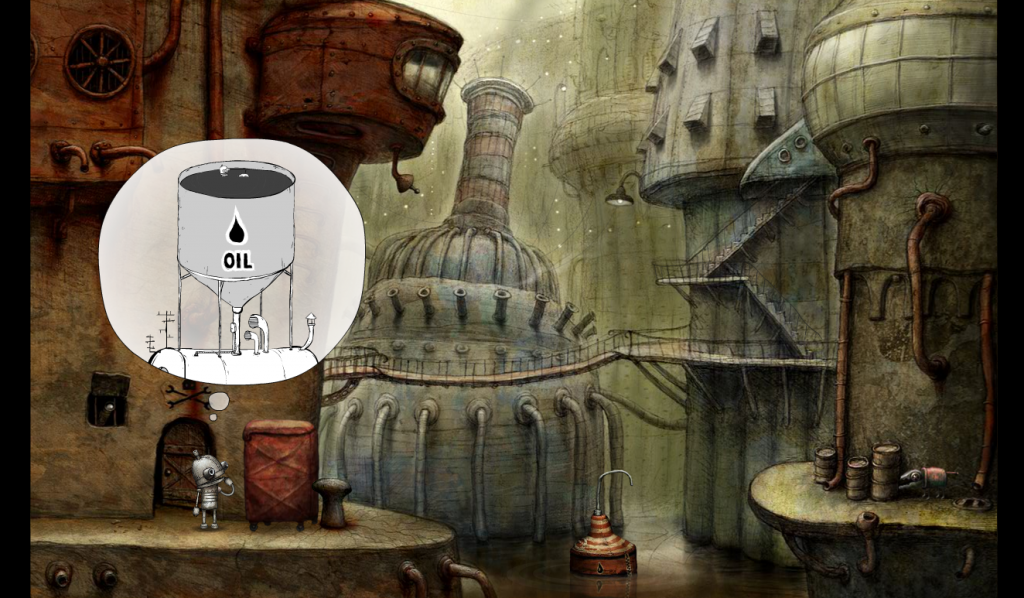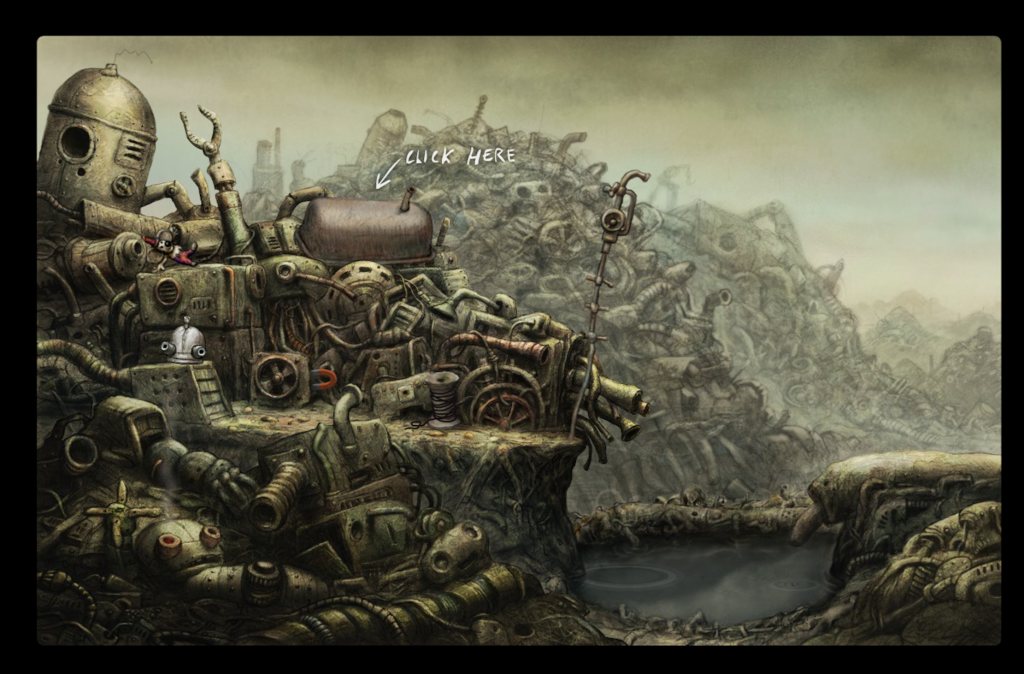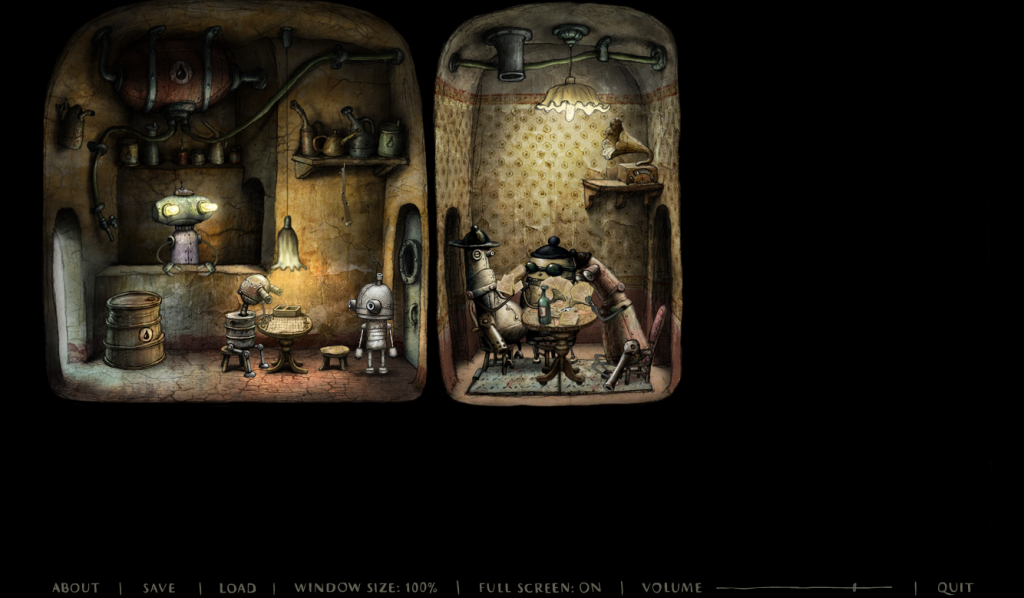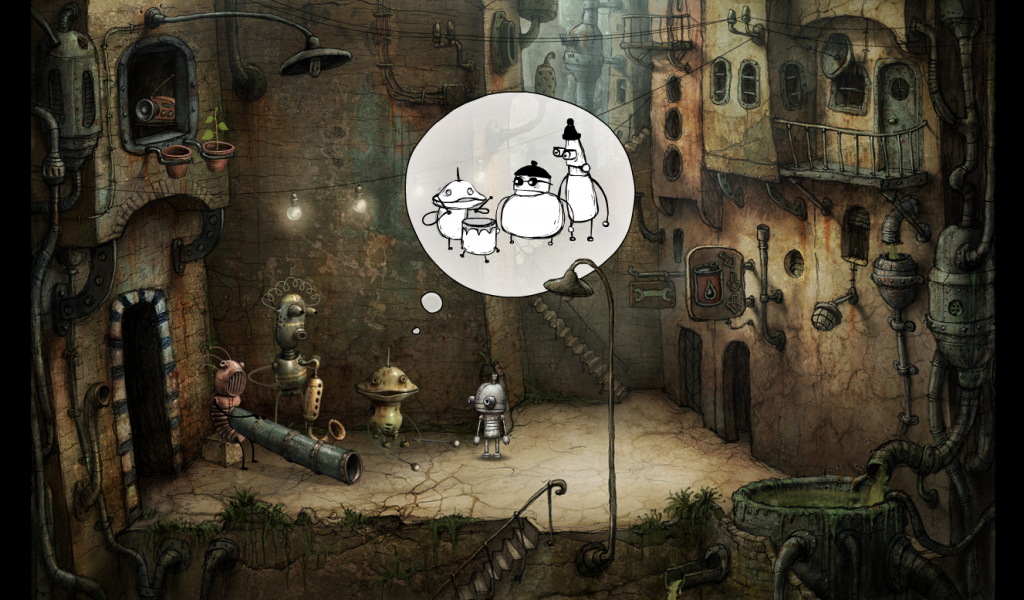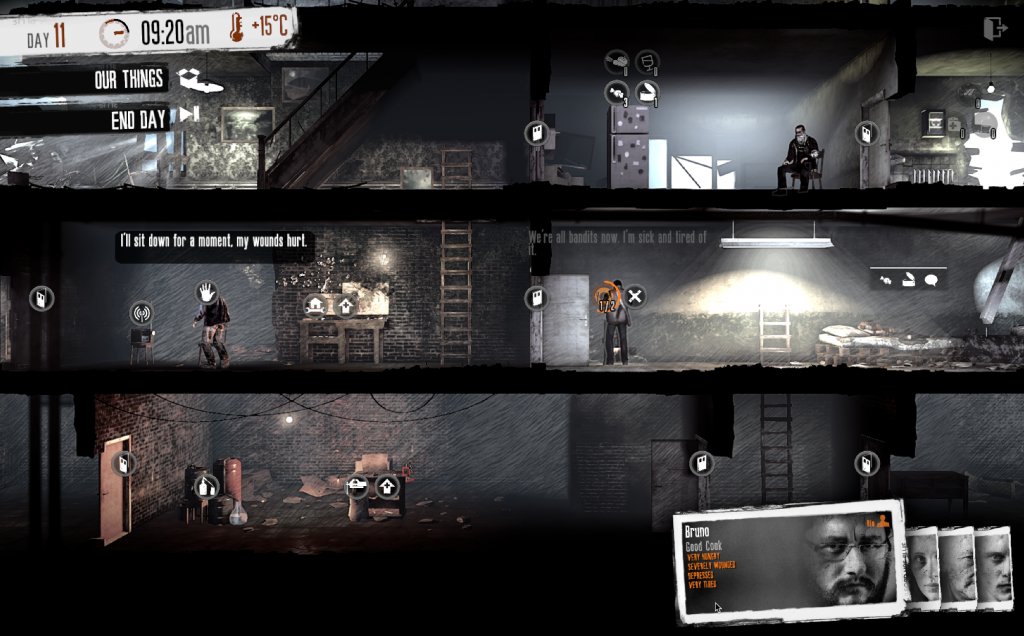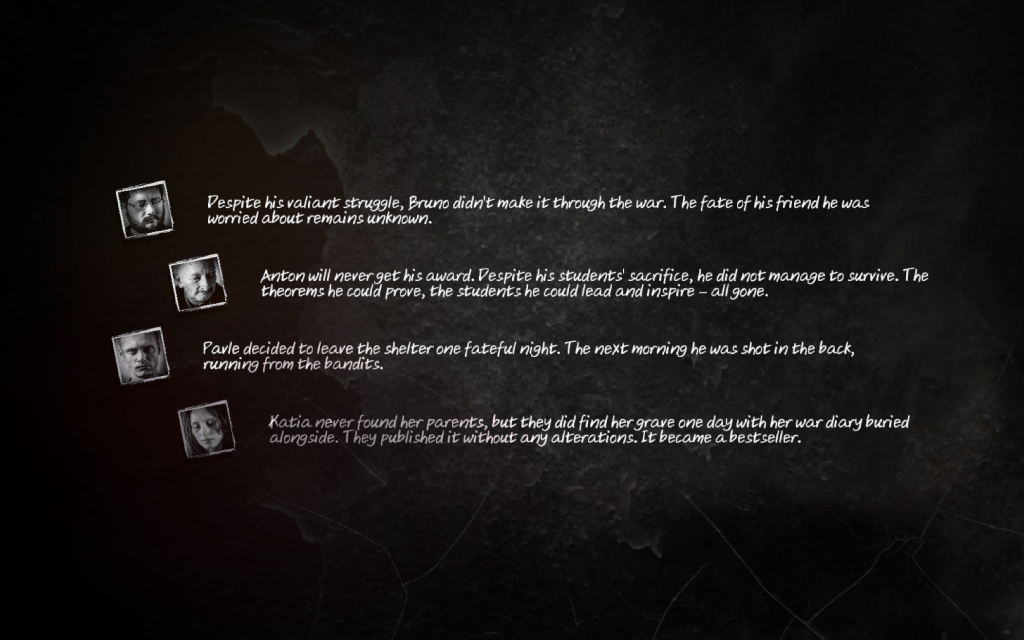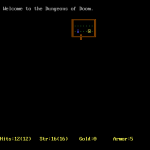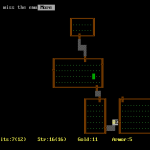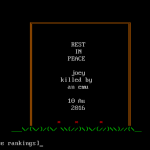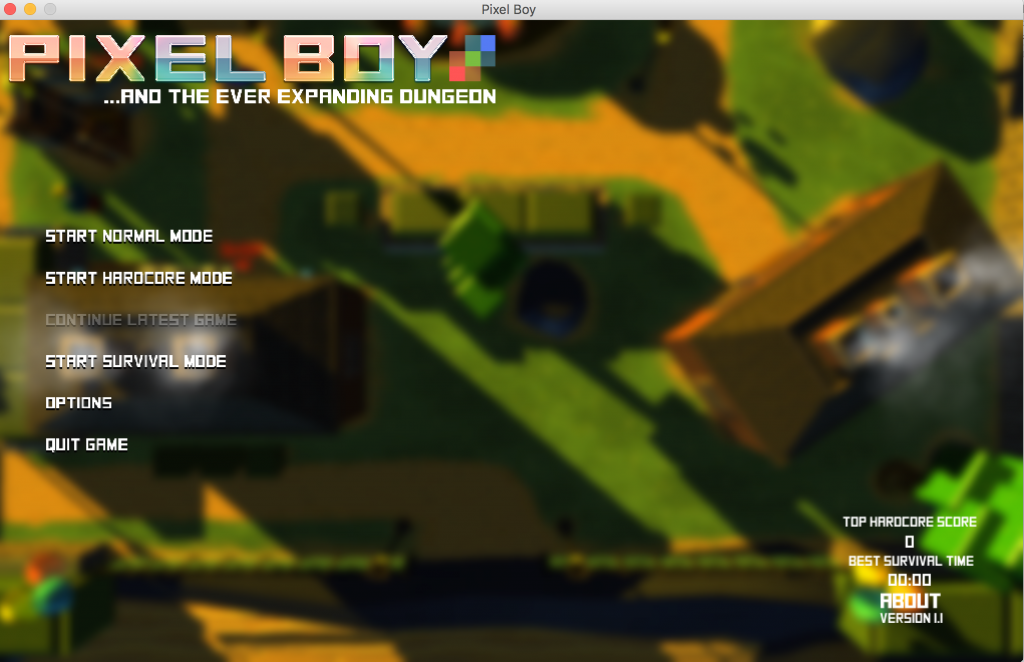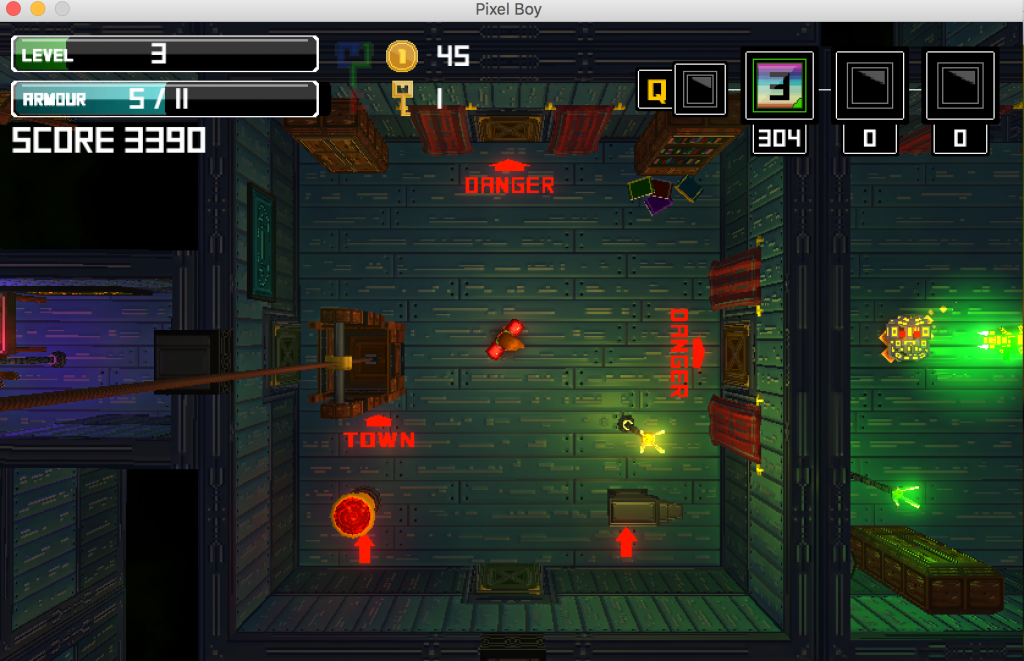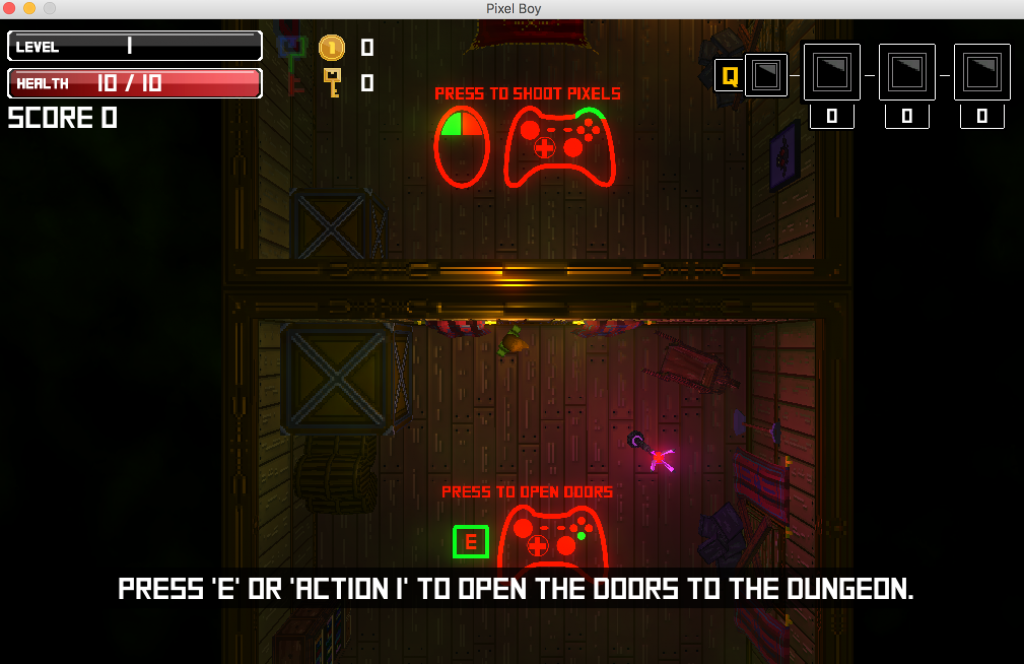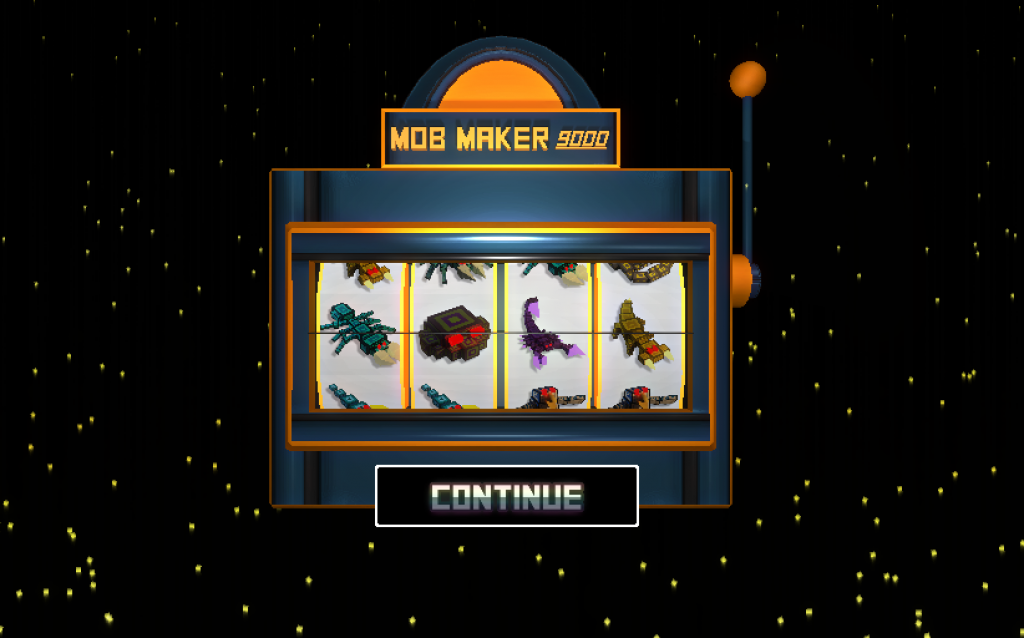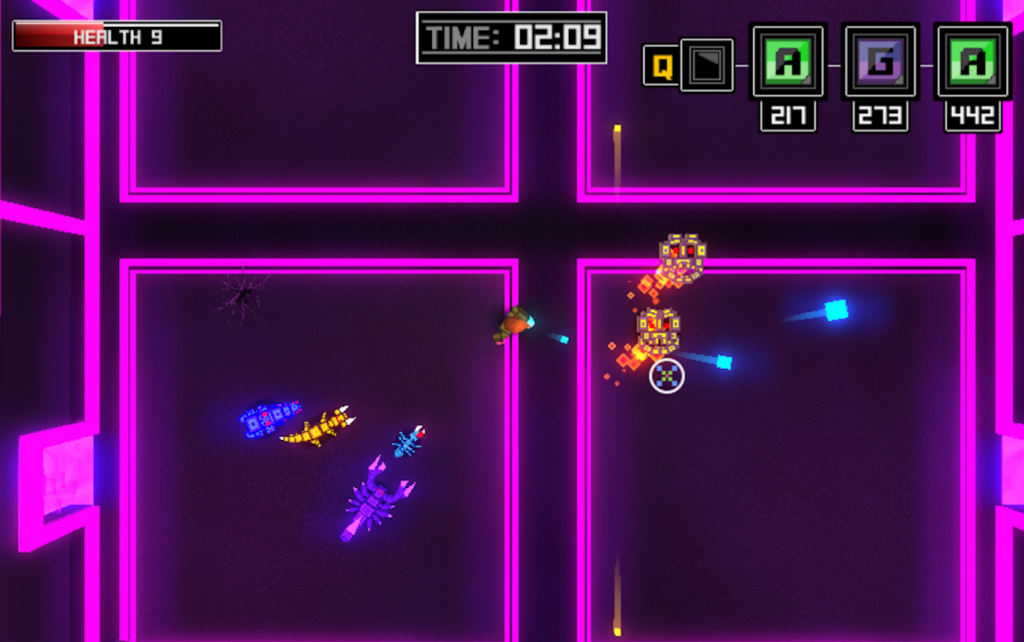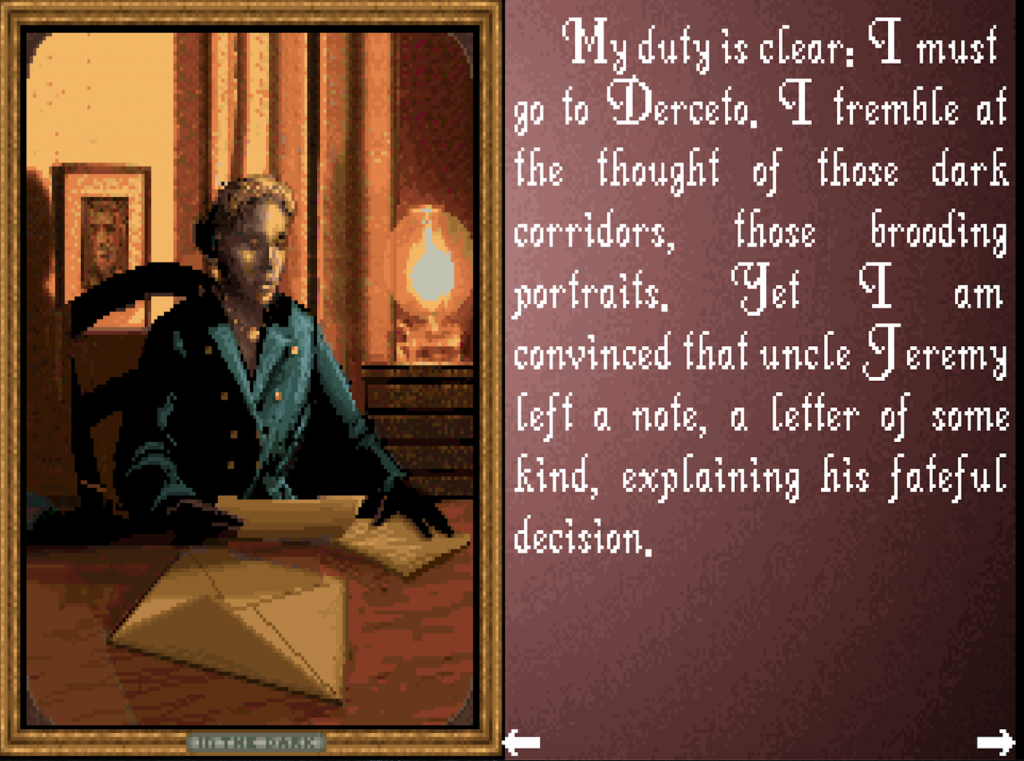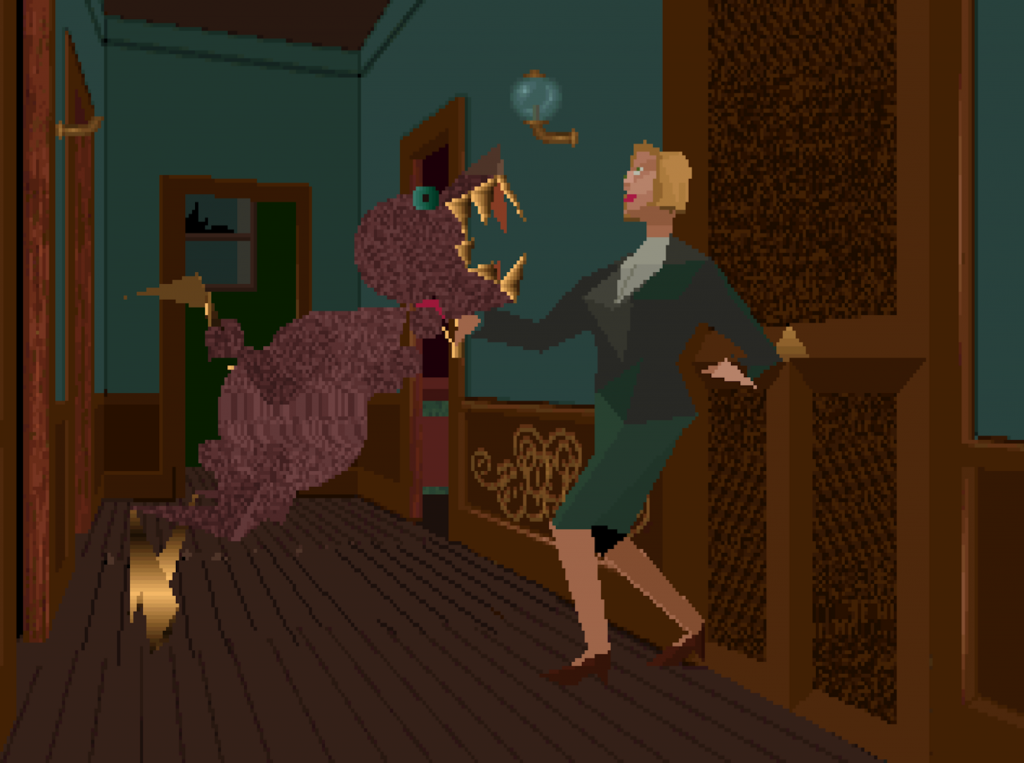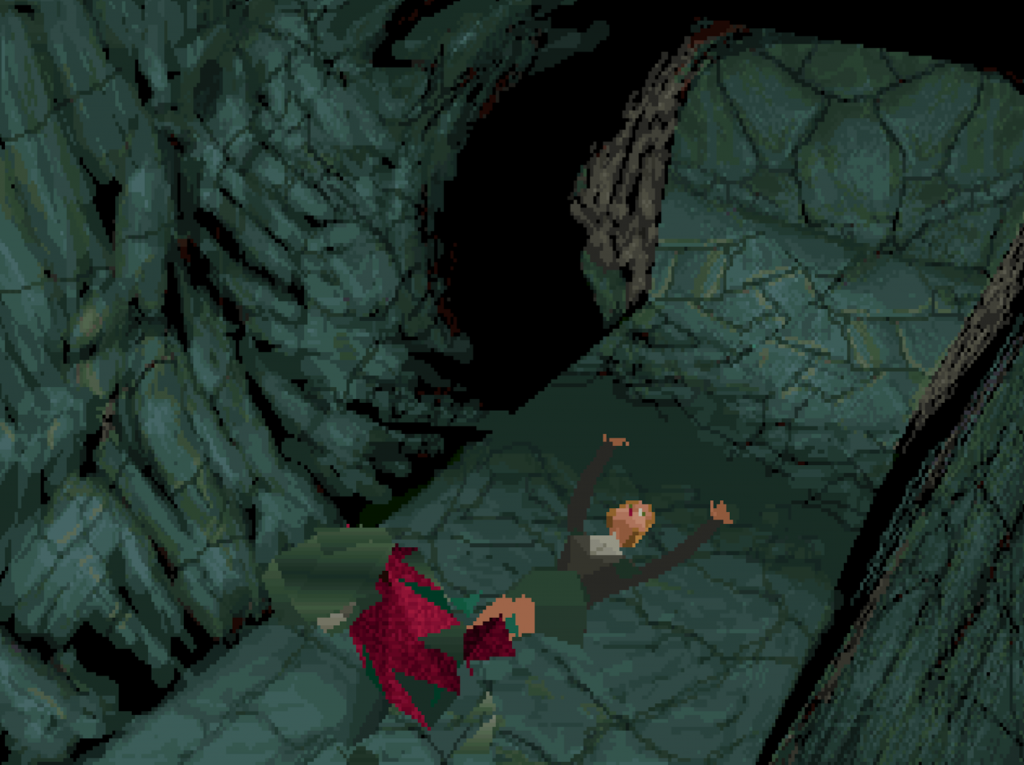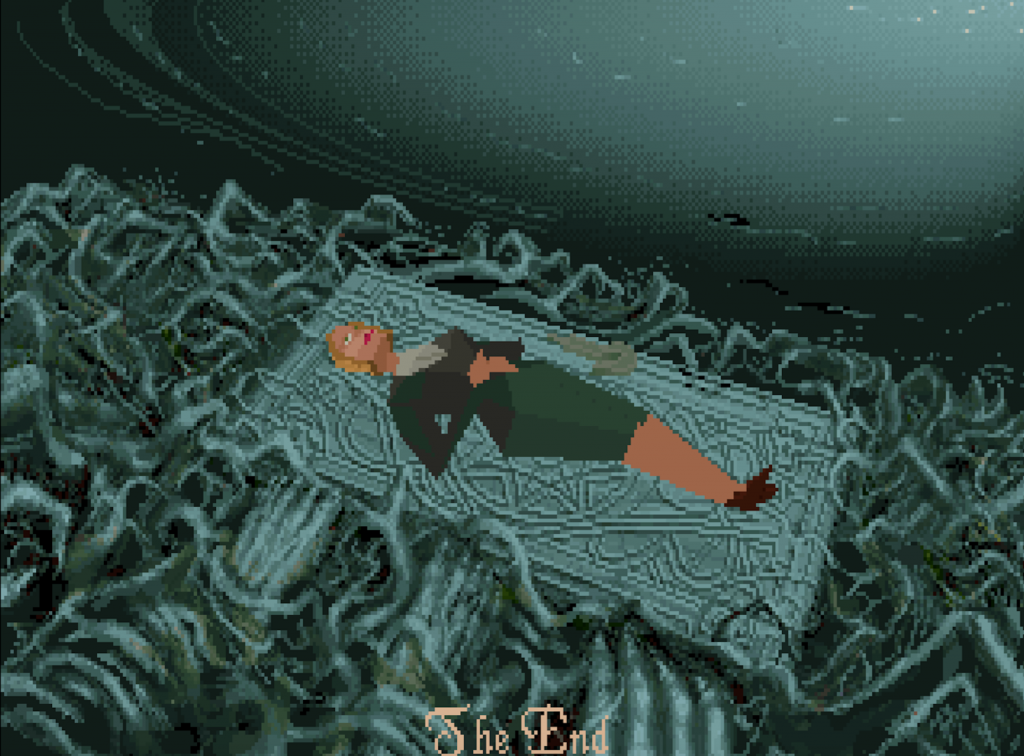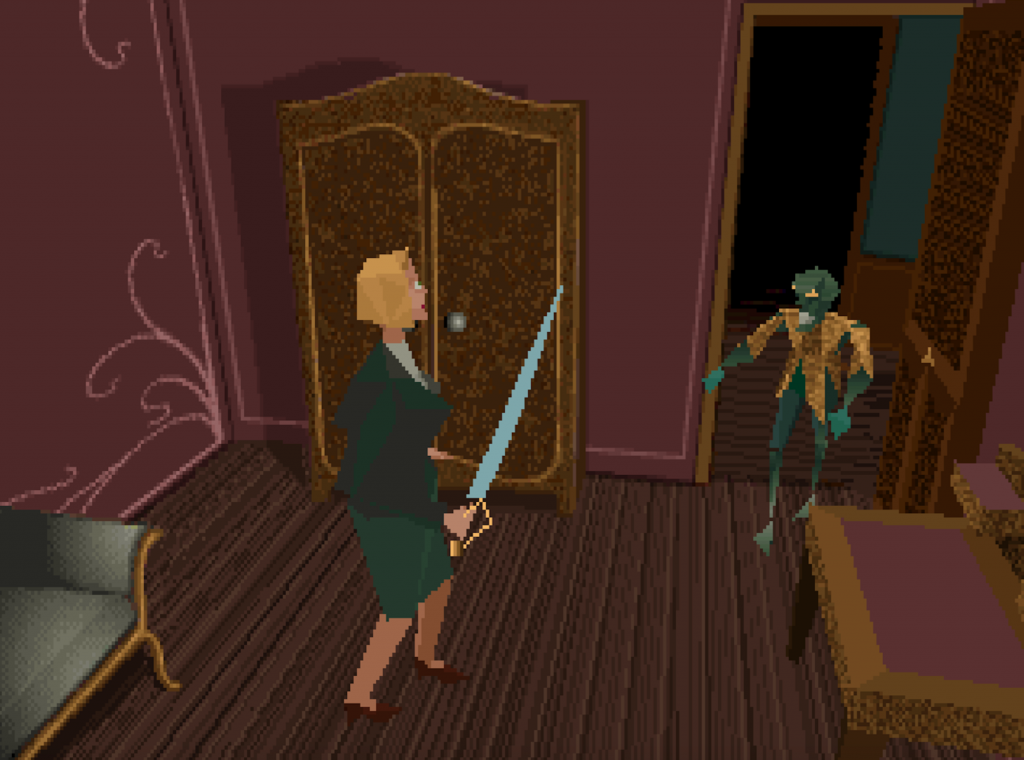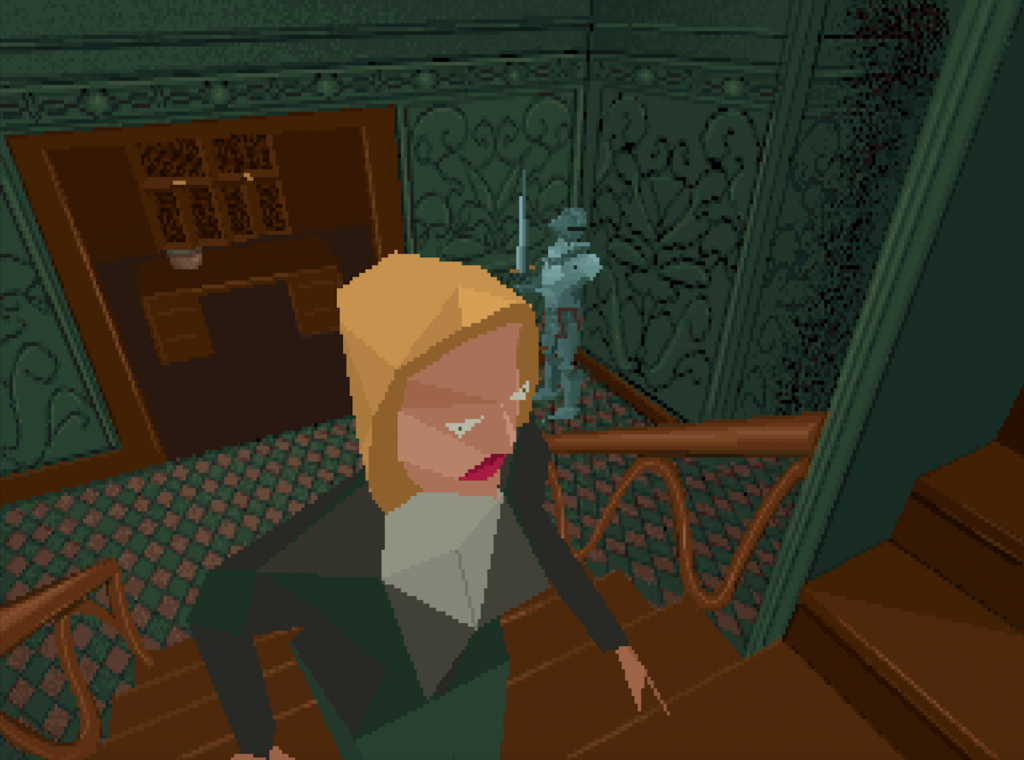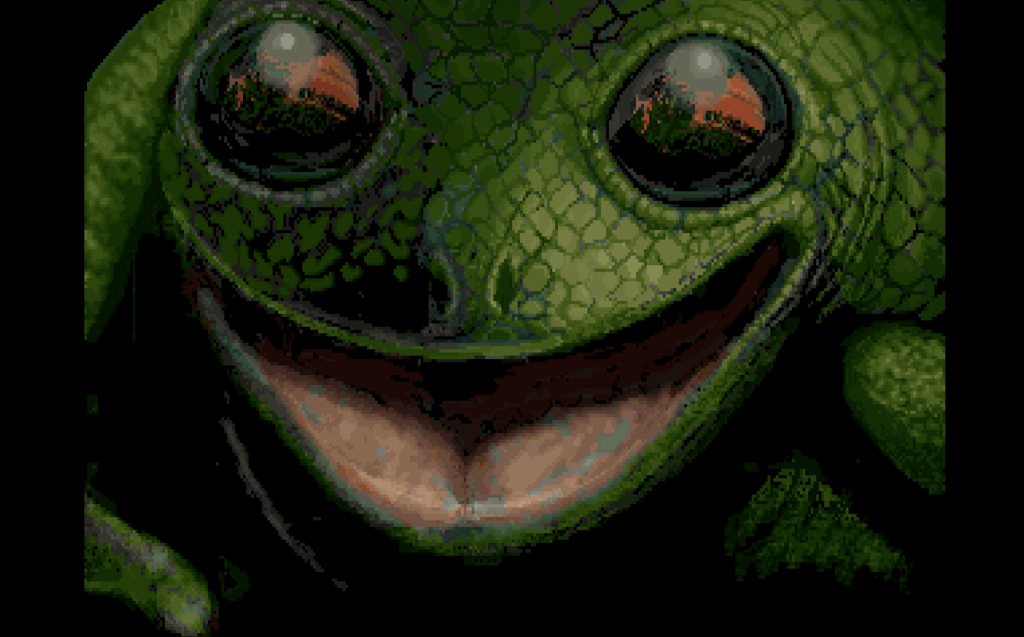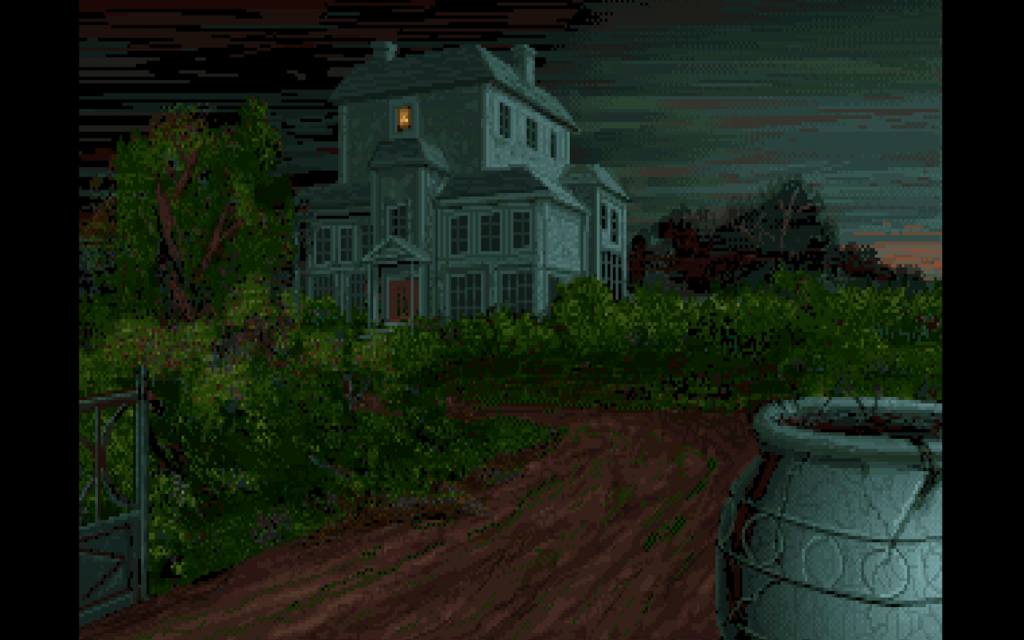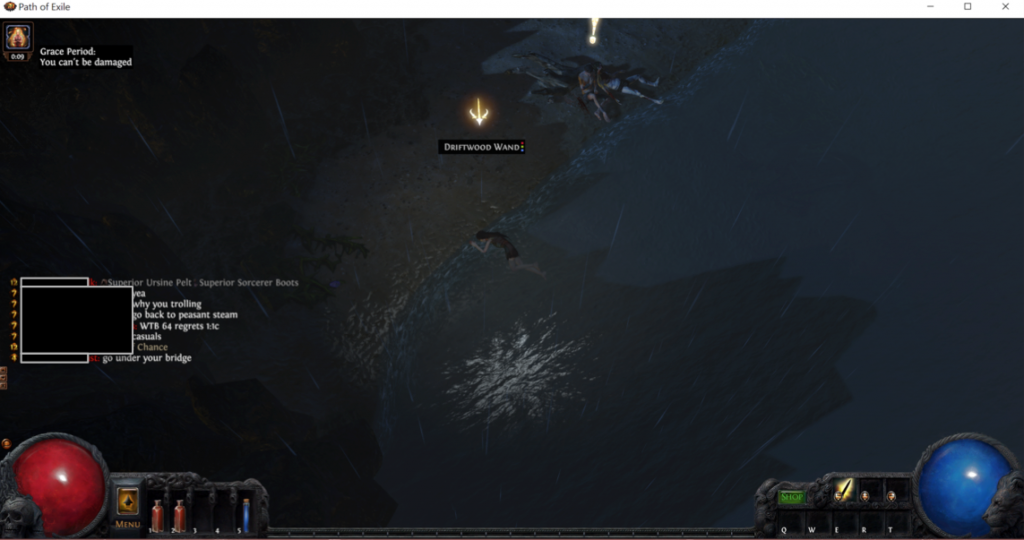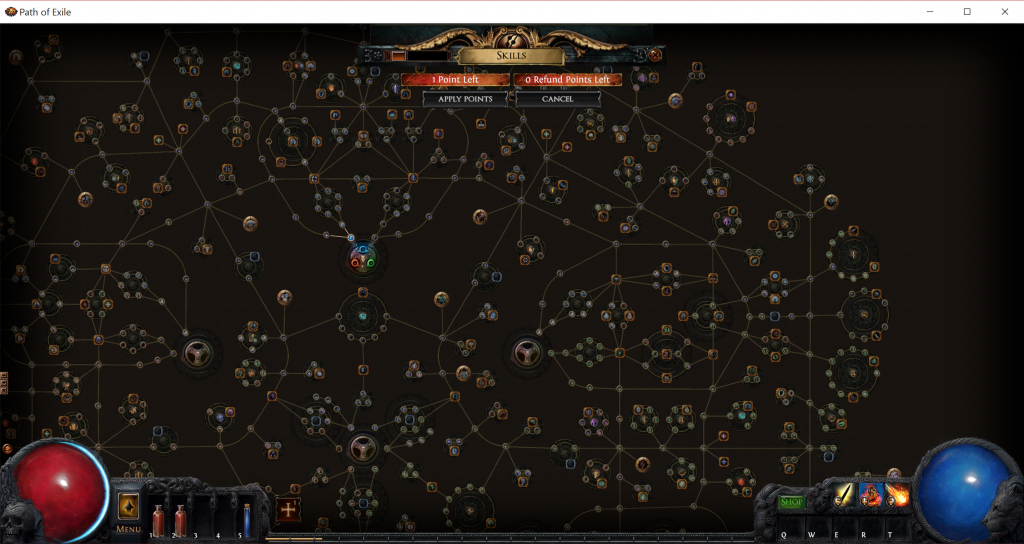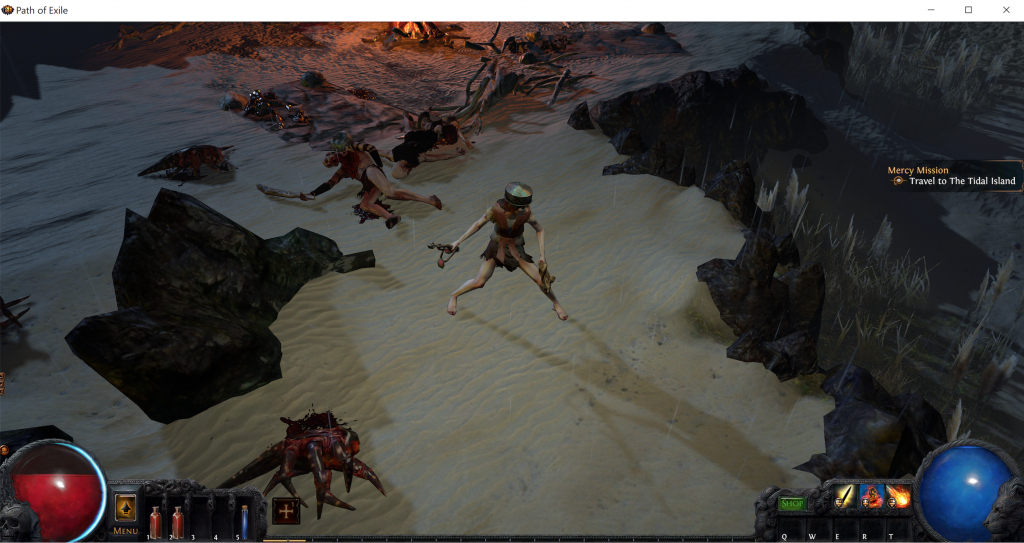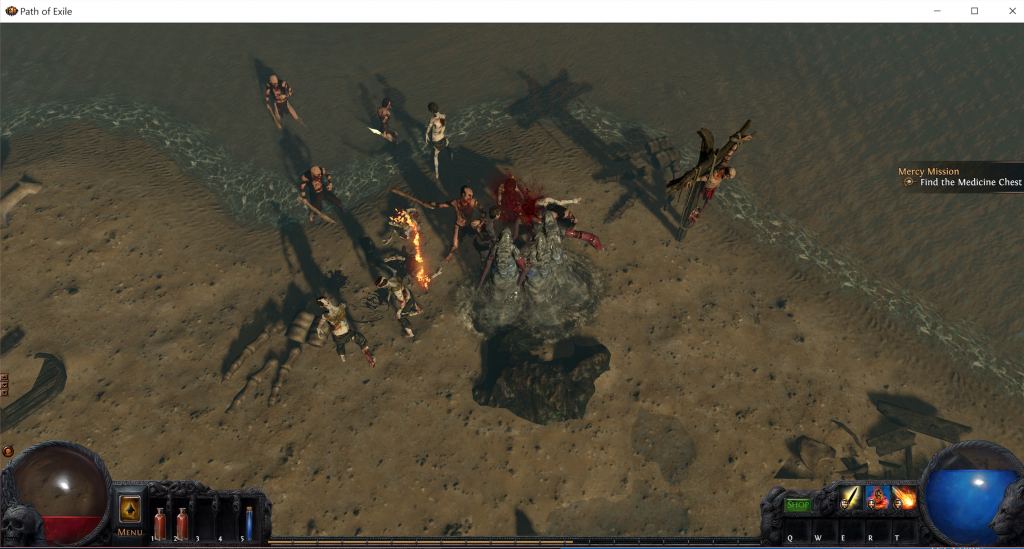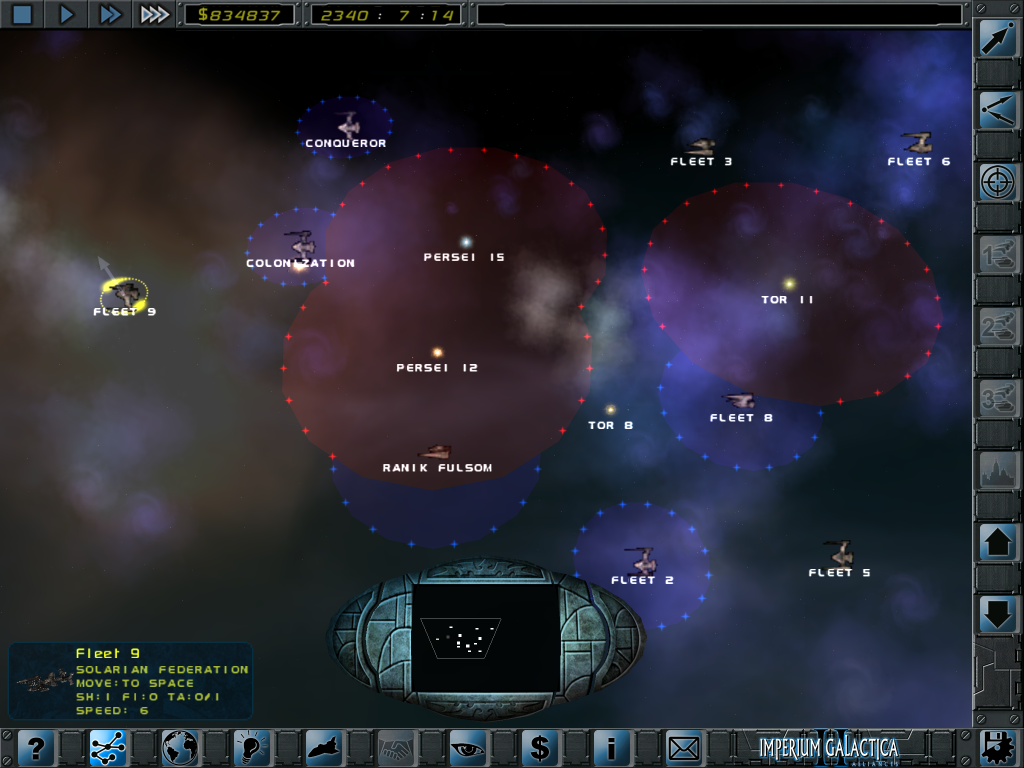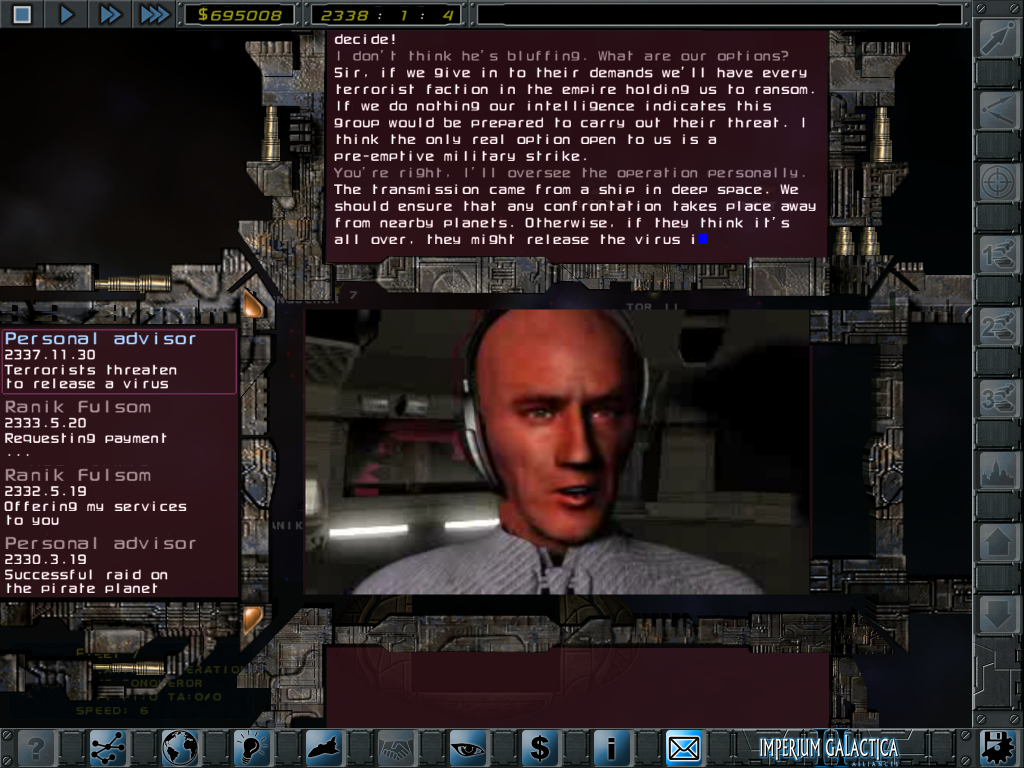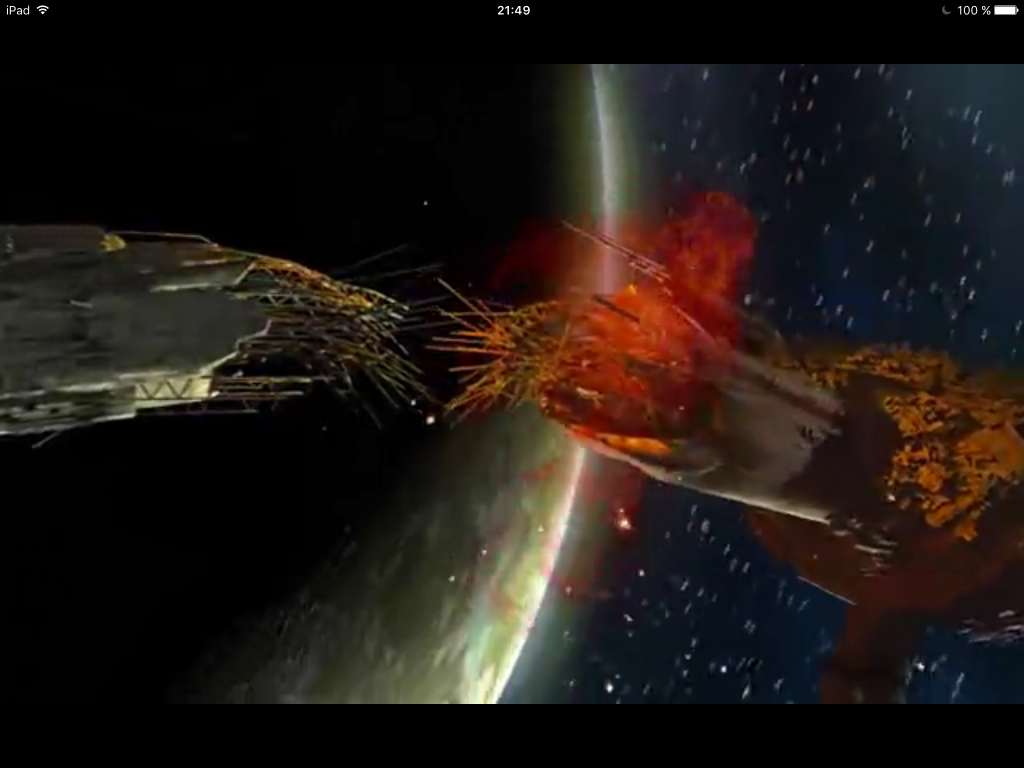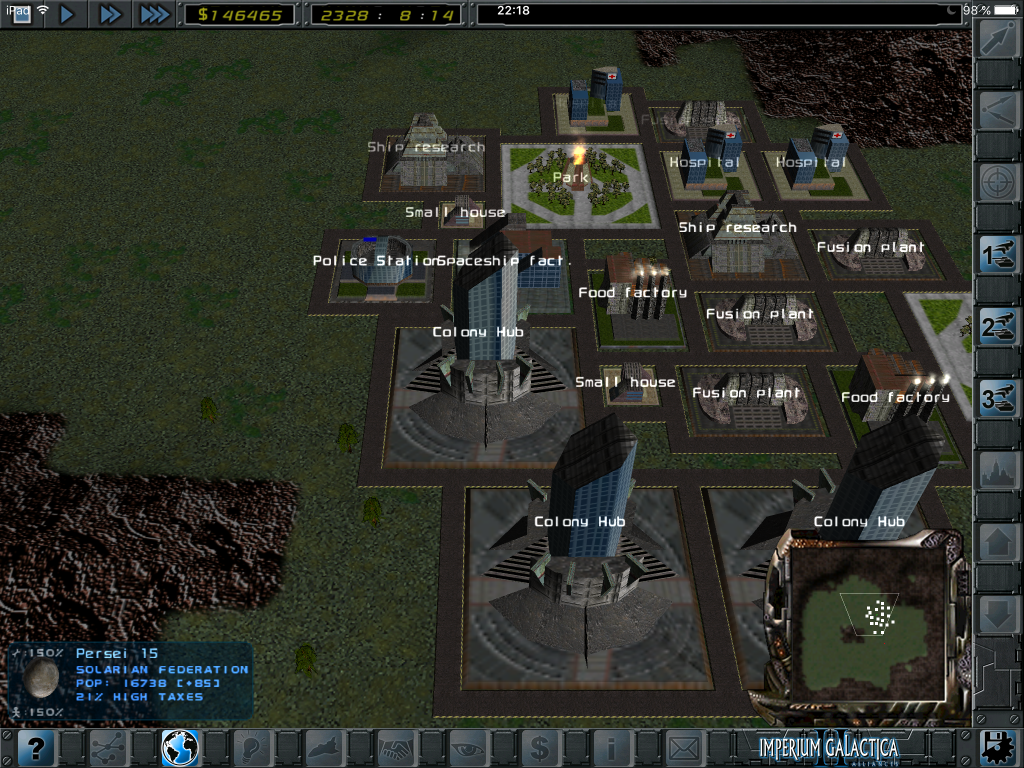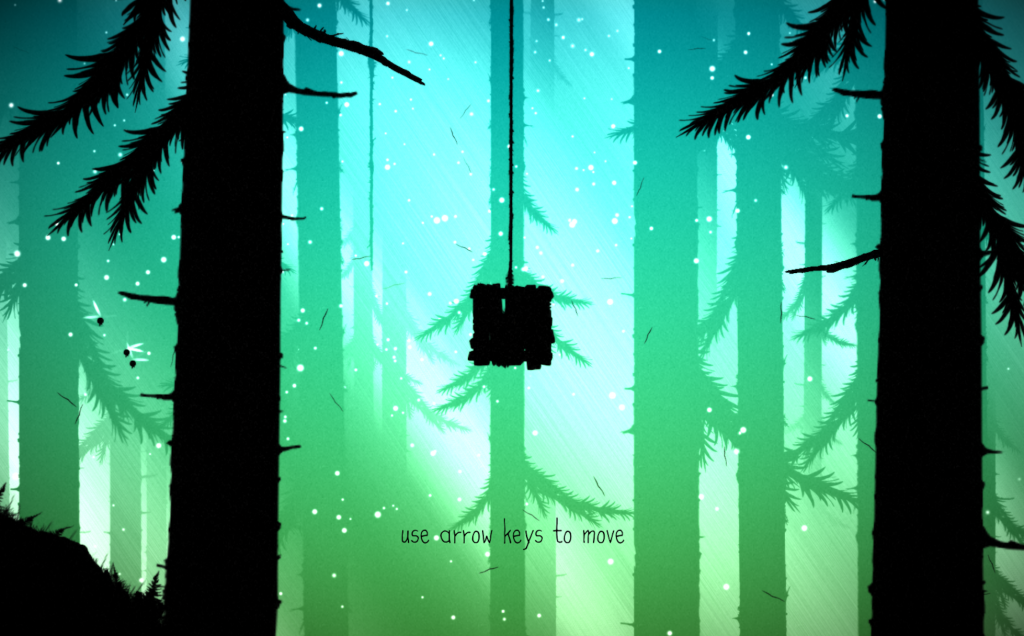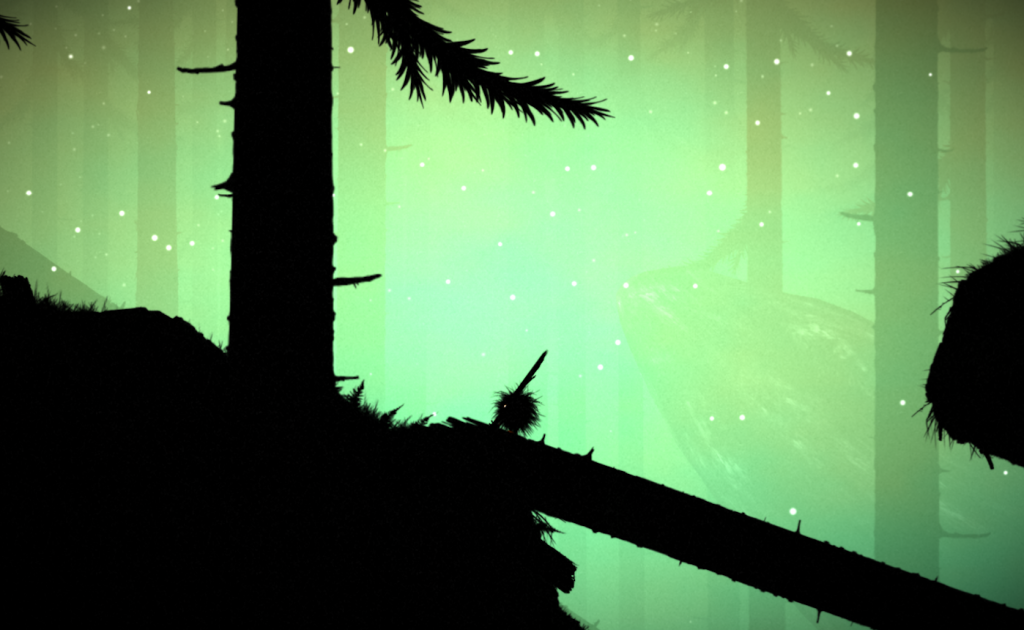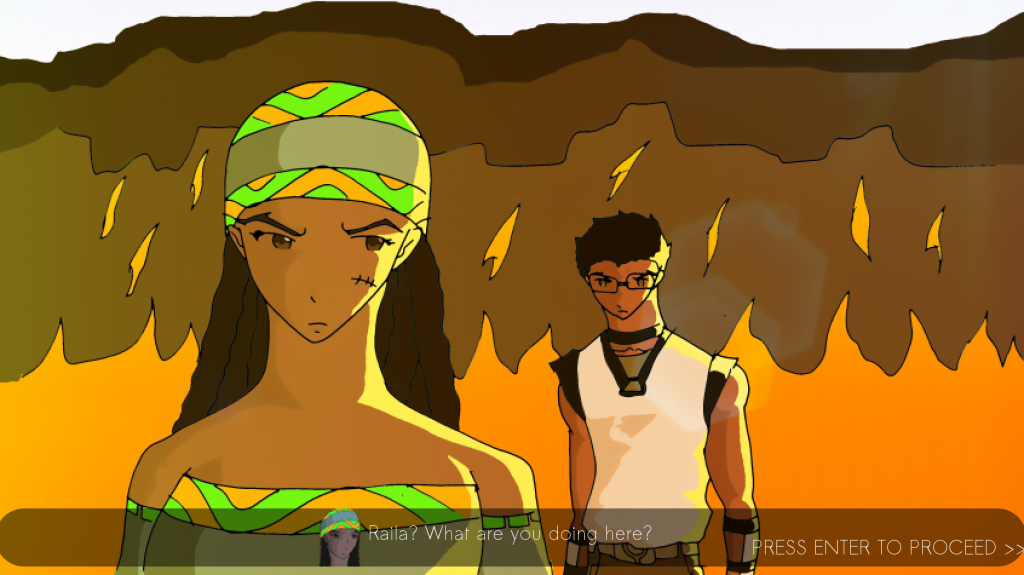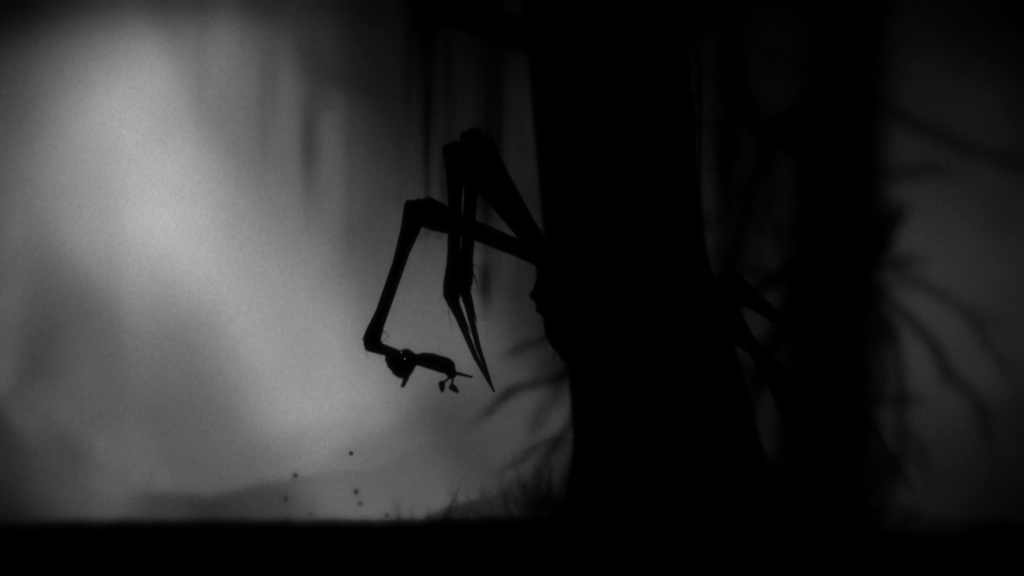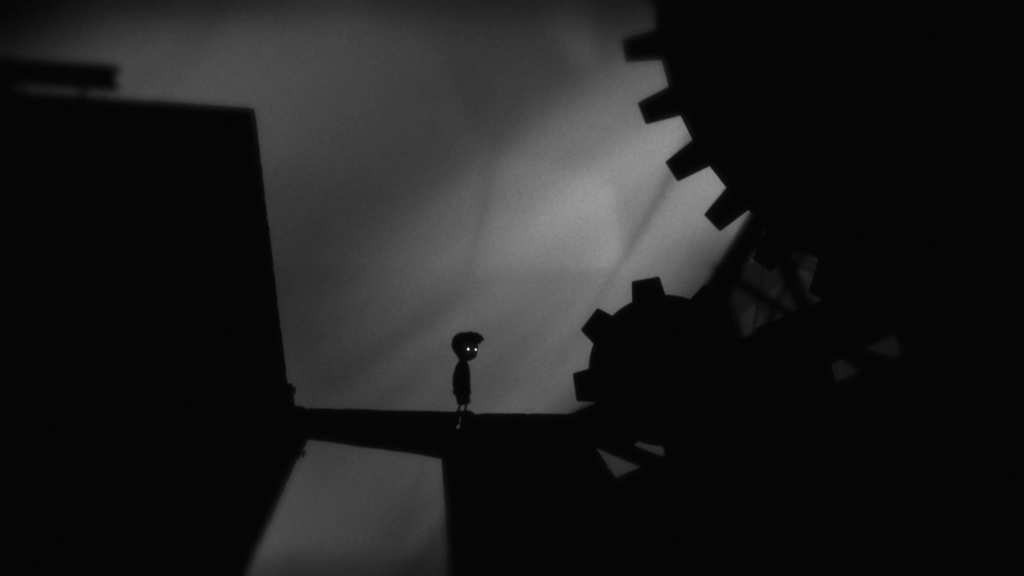
A puzzle-adventure full of flashbacks..
Asking for a game from Czech Republic I was overwhelmed by the number of games people recommended. Games like DayZ, Samorost, or Mafia were named a couple of times. Since Mafia is one of my favourite games (a game with an *incredibly* amazing soundtrack) I was EXTREMELY tempted to just play it again. However, there was one game, which was named more often than others: Machinarium. Since it was already a long time on my Steam wishlist, and the game was part of the Steam sale this was a great opportunity to finally play this game as my game from Czech Republic.
Starting the game I was shortly irritated by the headline “Flash Game”. Is this a new nostalgic studio or publisher? I definitely was more surprised to play a game developed in Adobe Flash than I was when playing a game in a DOS virtual machine during this year project. Back to the story: you would start the game as a broken robot on a junkyard. First tasks: find your missing pieces (body, arms, legs) and get an idea what’s going on. How to find your parts makes the game’s purpose already pretty clear – this game is a tricky puzzle game, with an interesting point-and-click adventure design, and an extremely cute story. The robot’s name is Josef. Compared to robots like Daleks, Mr. Handy, the Terminator, or Bender, Josef is pretty much skill-free. Josef’s only skills are to walk, to resize himself, and to eat items (or small robo-dogs) to collect them in an inventory.
The first thing one would notice is the interesting art style. The graphics are hand-drawn and remind of steampunk worlds. The focus is definitely more on the puzzle elements (finding correct combinations) than on the point-and-click elements. All elements of the game – the story, the art, the puzzles, and the characters – are created in a detailed and inspiring way. The story is told without any words, but with small comics/dialogues drawn in speaking bubbles.
For me, playing this game was a nostalgic experience (most probably because of this mixture of point-and-click adventure, the art style, and .. Flash as technology). Sometimes it felt like I am reading a wonderfully drawn children’s book. Small Josef trying to find out what has happened to him, fighting his arch-enemies – the villains, a trying to save the world. A very relaxing, but due to the puzzle elements, still challenging experience. This was probably the best game to relax and calm down after playing This War of Mine.
![]()
| Release | 2009 |
| Genre | Survival, Strategy, Resource Management |
| Developer | Amanita Design |
| Publisher | Daedalic Entertainment |
| http://machinarium.net/ | |
